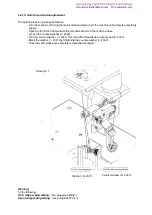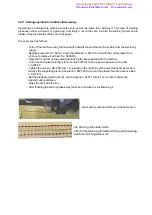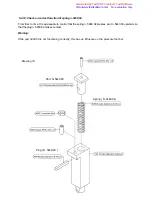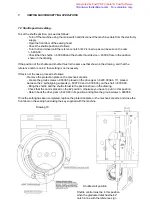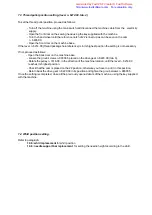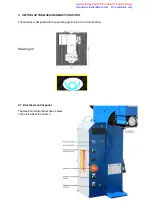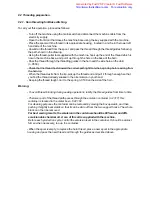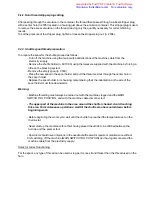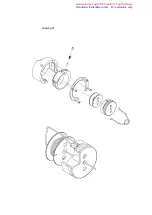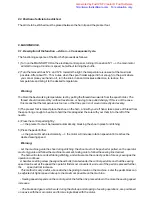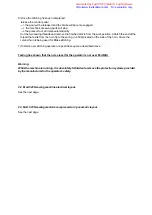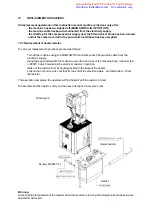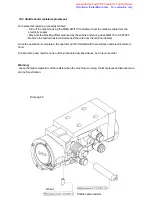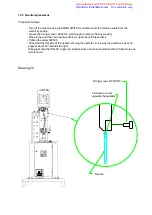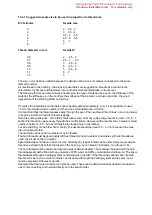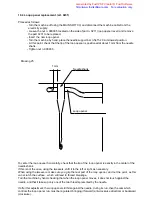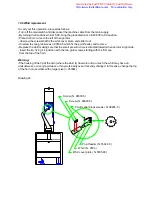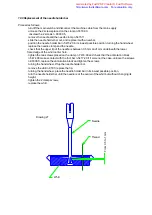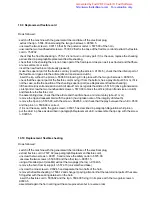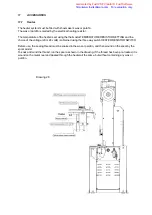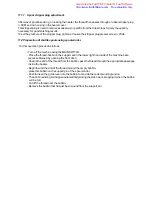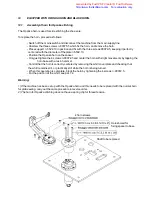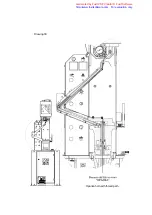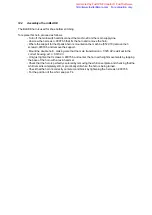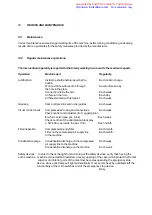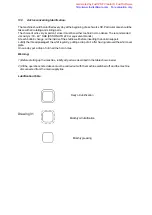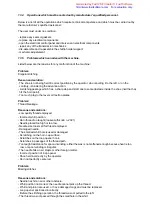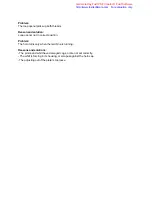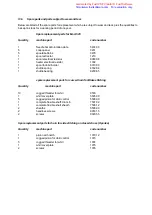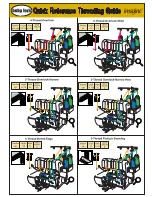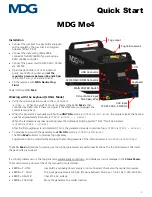
10.3.1 Suggested needle size to be used in proportion to thread size.
N° of strands
Needle size
3
2 - 2.5 - 3
4
3 - 3.5 - 4
5
3.5 - 4 - 4.5
6
4.5 - 5 - 5.5
7
6 - 7
8
7
Thread diameter in mm
Needle N°
0.6
2 - 2.5 - 3
0.7
2.5 - 3 - 3.5
0.8
3 - 3.5 - 4
0.9
4 - 4.5 - 5
1.0
5 - 5.5 - 6
1.1
6 - 7
1.2
7
The size in mm has been added because the strand number does not always correspond to the same
diameter number.
As mentioned in the heading , the sizes in these tables are suggestions. Needle size should not be
calculated only because of thread size; many other factors should be taken into account.
The following factors can also influence needle size: the type of material to be sewn, the thickness of the
material, the stiffness, or on the contrary, the softness of the material , and also important - the good
appearance of the stitching effect on the shoe.
Of course the indications on the table cannot be disregarded completely: (e.g. it is not possible to use a
1.2 mm thread with a size 2 needle) but there is a certain tollerance of choice.
It is important that the thread passes easily through the eye of the needle and that it does not rub or unravel
in any way, as this will lead to thread breakage.
Here are some guide-lines : with a fairly thick rubber sole, normally quite a large needle is used - 5.5 - 6 - 7,
so that the thread can pass easily through the sole thickness. However with a leather sole, a medium sized
needle is better, (4 -4.5 - 5) to avoid making too large a hole in the leather.
For side stitching, on the other hand, a fairly fine needle should be used (2.5 - 3 - 3.5) because the soles
are normally quite thin.
The machine can use linen, polyester or nylon thread.
The horn thread must be good quality left twist thread ,tension resistant, and where synthetic threads are
used, they must not be too elastic.
Spool thread does not have to be so precise: normally any type of thread can be used. However, we advise
thread one strand thicker than that used on the horn (e.g. spool thread = 6 strands : horn thread = 5).
The horn thread must be natural and never be wax or parafin treated. The container through which the horn
thread passes must be filled with an emulsion of 80% water and 20% emulsionable chemical oil. The spool
thread passes through a heating system containing wax or parafin. If the thread has already been treated,
the thread is wound on a metal container, and is passed through the heating system all the same, but it
must be emptied of the wax or parafin.
Spools without the metal container can also be used. These can be obtained already treated and ready-to-
use. In this case they are inserted directly onto the spool holder.
Generated by Foxit PDF Creator © Foxit Software
http://www.foxitsoftware.com For evaluation only.

